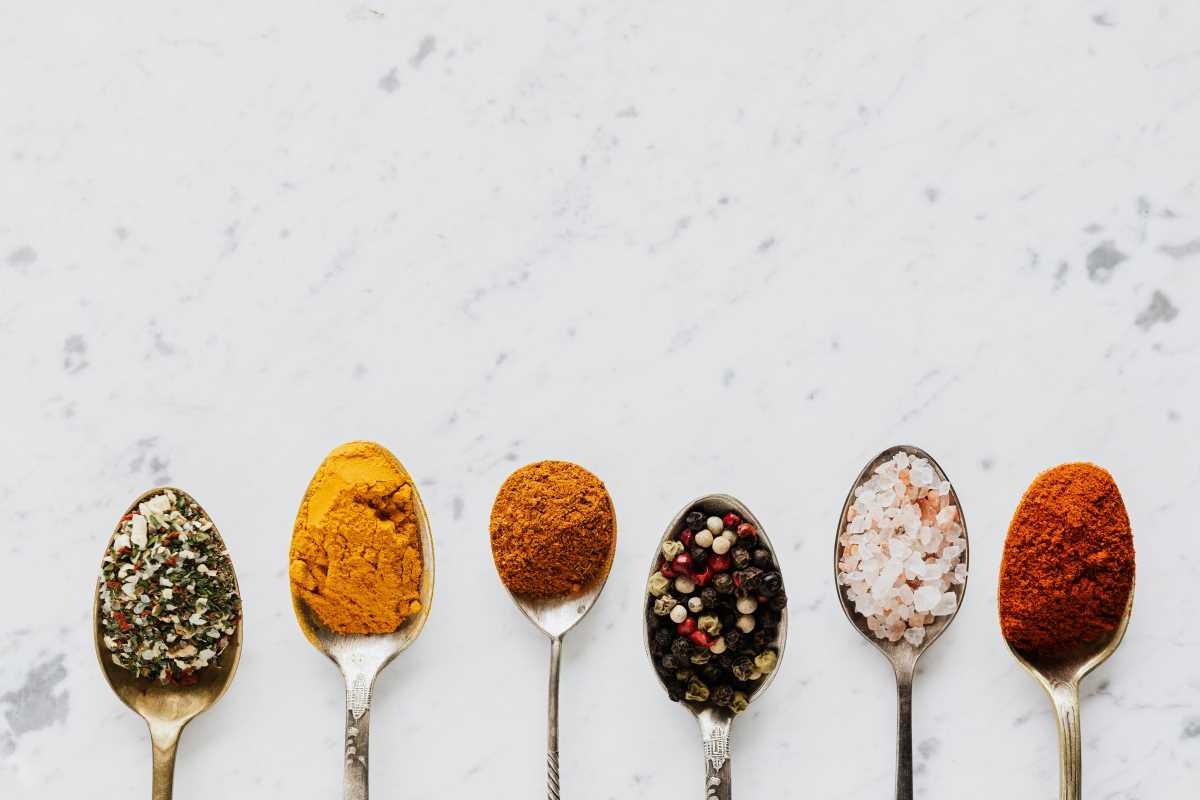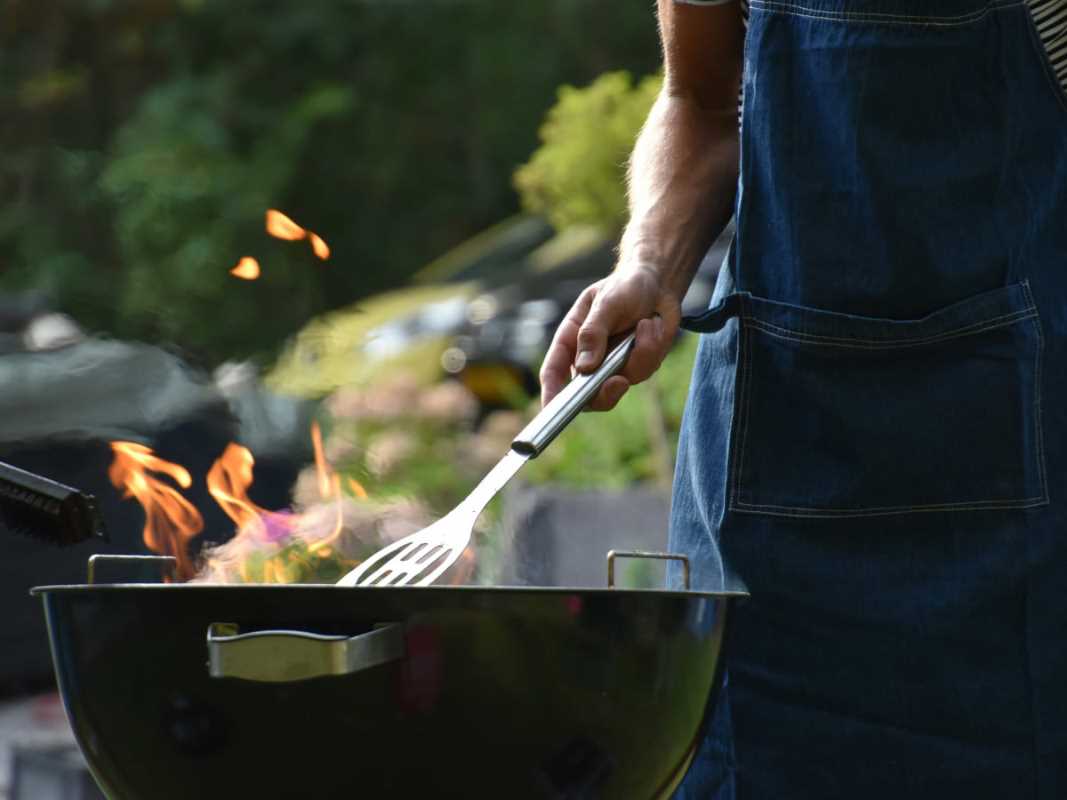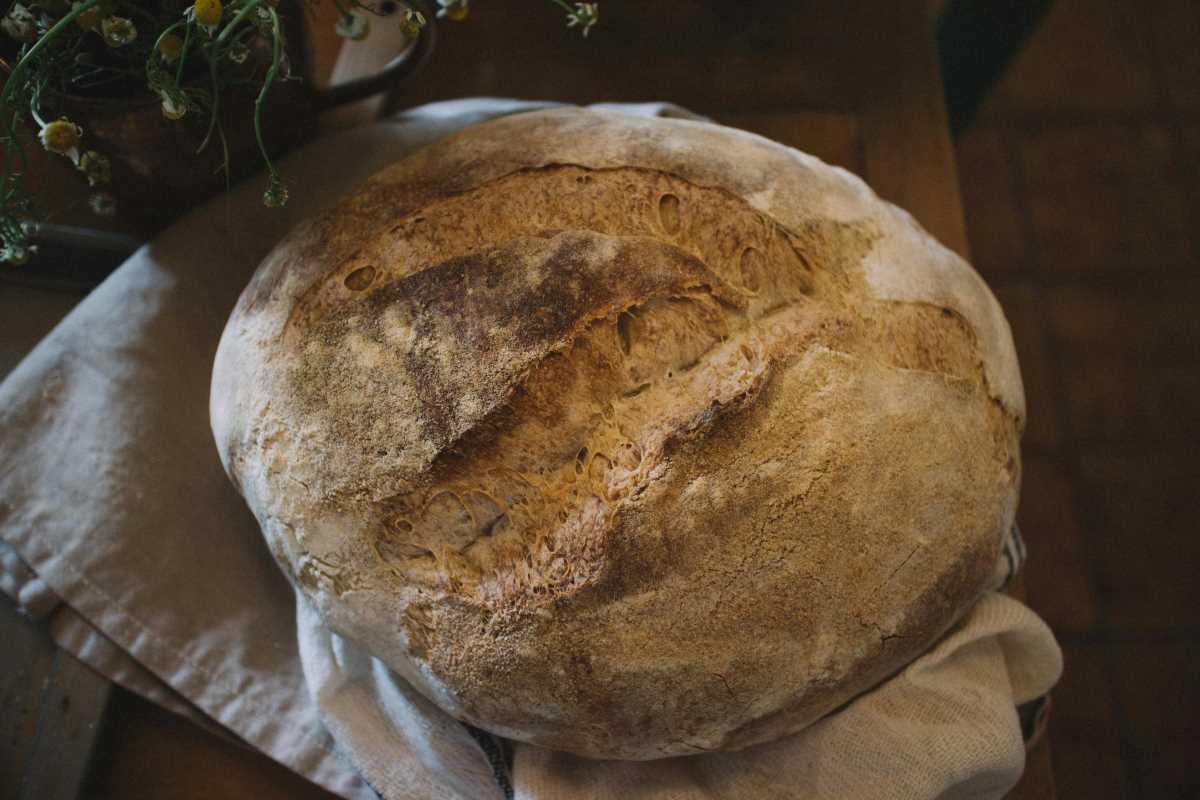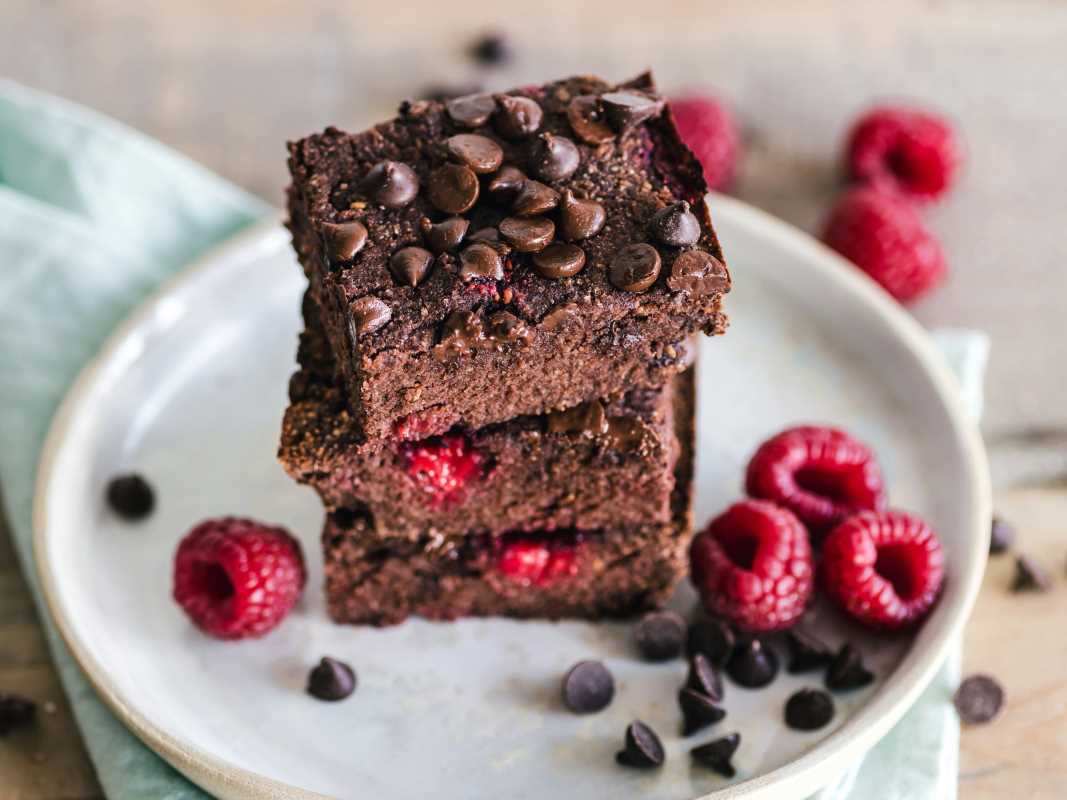Every meal holds the potential to become a celebration of taste and heritage, thanks to the colorful flavors that kitchens worldwide offer. Cooking brings together both creativity and skill, allowing anyone to blend ingredients in new and exciting ways. Each spice and herb adds layers of meaning, drawing from generations of history and culture. By adding these elements to even the most basic dishes, cooks can create something memorable. Whether someone adapts a cherished family recipe or decides to explore an unfamiliar cuisine, the right blend of seasonings transforms ordinary ingredients into meals that linger in memory long after the last bite.
Indulging in these aromatic treasures not only elevates the taste of culinary creations but also connects us to traditions and customs from far-off lands. Exploring the nuances of different seasonings awakens a sense of curiosity and invites us to journey around the world from our very own kitchens.
The Power of Herbs and Spices in Transforming Food
Herbs and spices offer more than just flavor; they add character, color, and health benefits to our daily dishes. Their potency becomes apparent in every enhanced bite and infused aroma. The reasons for their essential role in cooking are many.
- They provide complexity and depth to flavors with even a small amount.
- They add visual appeal to dishes through vibrant colors and textures.
- They are key to defining the unique culinary identity of various cultures.
- They offer potential health benefits and antioxidant properties.
- They stimulate creativity in the kitchen by encouraging mixing and matching flavors.
Many cultures emphasize using the right blend of seasonings as much as mastering cooking techniques. Their ability to turn everyday meals into extraordinary flavor experiences makes them an indispensable part of cooking traditions worldwide.
Understanding why these ingredients matter can turn a routine meal into a sensory adventure, revealing new layers of taste and aroma.
9 Essential Spices and Herbs from Around the World
Starting a flavorful journey begins with stocking your pantry with key seasonings that define many international dishes. Here are nine treasures every kitchen should include:
- Cumin: Earthy yet warm, cumin remains a staple in many traditional dishes from South Asia and Latin America. Its nutty flavor works beautifully in stews, curries, and even grilled meats.
- Turmeric: Known for its brilliant golden hue and subtle bitter notes, turmeric is celebrated in many cuisines. It adds a distinctive color and flavor to rice dishes, soups, and sauces.
- Oregano: A herb vital in Mediterranean recipes, oregano brings a robust, slightly peppery taste to pizzas, pasta sauces, and roasted vegetables.
- Paprika: Whether sweet or smoky, paprika captures the essence of Hungarian dishes and lends a deep red color to stews and marinades.
- Cinnamon: A favorite in both sweet and savory recipes, cinnamon’s warm and sweet flavor has traveled from ancient trade routes to modern kitchens worldwide.
- Ginger: Fresh or ground, ginger adds a zesty, aromatic kick to marinades, stir-fries, and teas, making it a cherished ingredient across continents.
- Basil: With its aromatic and slightly peppery flavor, basil is the hallmark of Italian and Southeast Asian cuisines. It provides a refreshing lift to salads, sauces, and pestos.
- Coriander: The seeds of the coriander plant offer a hint of citrus and spice that fit perfectly in curries, chutneys, and pickled dishes.
- Chili Powder: Adding heat and excitement to dishes, chili powder becomes essential for those who love a fiery zest in their meals. It works well in stews, tacos, and even vegetable roasts.
Each item in this collection of herbs and spices not only enhances dishes but also carries cultural significance and historical roots. These flavors have been cherished by countless generations, allowing today's cooks to continue a long-standing culinary tradition.
Incorporating these seasonings provides a delicious way to experiment with international recipes and develop a richer cooking practice that nourishes both the body and the mind.
How to Store and Use Your Spices and Herbs
Proper storage and clever usage help preserve the freshness and potency of your seasonings. Keeping them in ideal conditions ensures that every meal bursts with authentic flavor.
- Store spices in airtight containers in a cool, dark place away from direct sunlight.
- Keep herbs fresh by refrigerating them or storing them in a glass of water covered loosely with plastic wrap.
- Label each container with purchase or expiry dates to avoid overusing stale ingredients.
- Grind whole spices just before using to maximize flavor and aroma.
- Mix spices in small batches to create personalized blends that suit your preferred taste.
Organizing your spice rack not only extends the lifespan of these valuable ingredients but also creates an inspiring space to explore and improve your cooking skills. Thoughtful arrangement makes it easier to access ingredients and encourages a more creative approach to cooking.
Using spices and herbs in the right proportions enhances the natural flavors of food. Follow recipes and personal preferences to experiment with different combinations until you find a blend that suits your taste buds.
Try New Flavors in Your Kitchen
Spice up your cooking by blending familiar recipes with bold, unexpected flavors. A simple twist can turn a classic dish into something entirely new and exciting.
Explore global spices and seasonings to discover new tastes and traditions. Mixing cultural ingredients expands your palate and brings international flair to your home kitchen.
Each experiment helps refine your style and connects you with the rich stories behind global cuisines. With every dish, you create not just a meal, but a flavorful journey worth sharing.
 (Image via
(Image via





